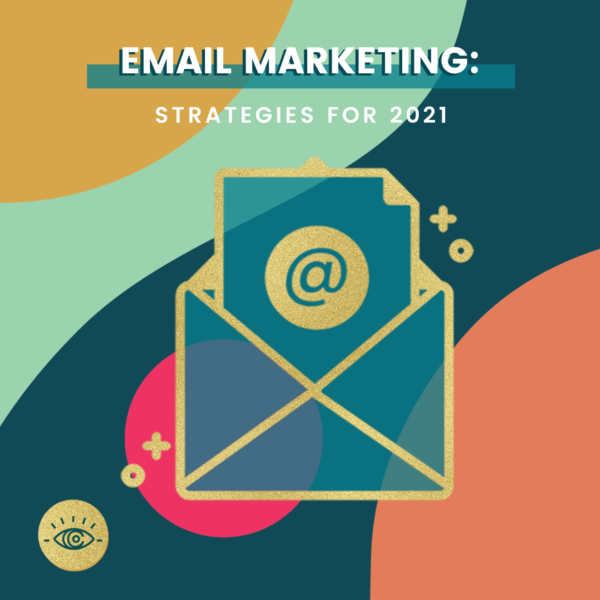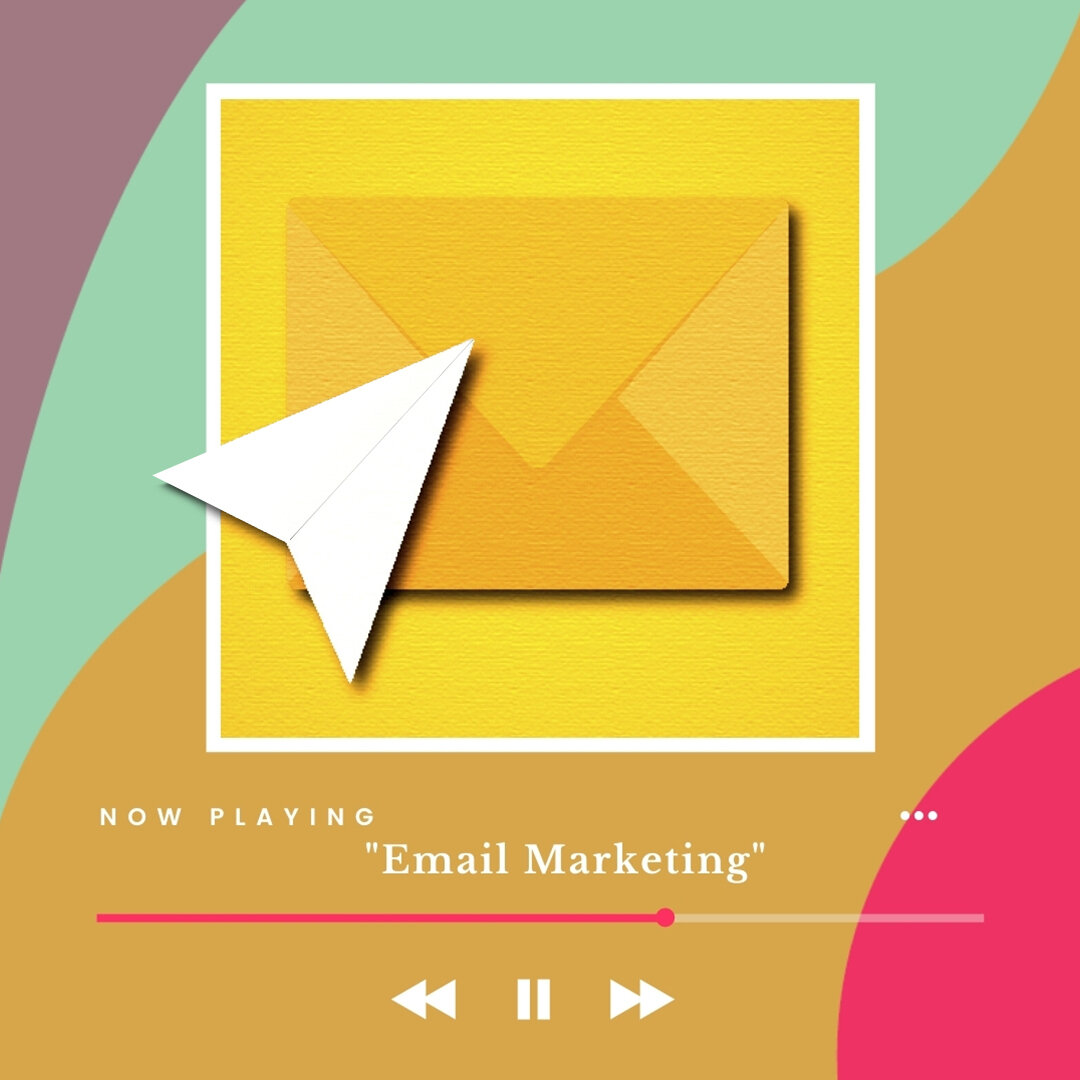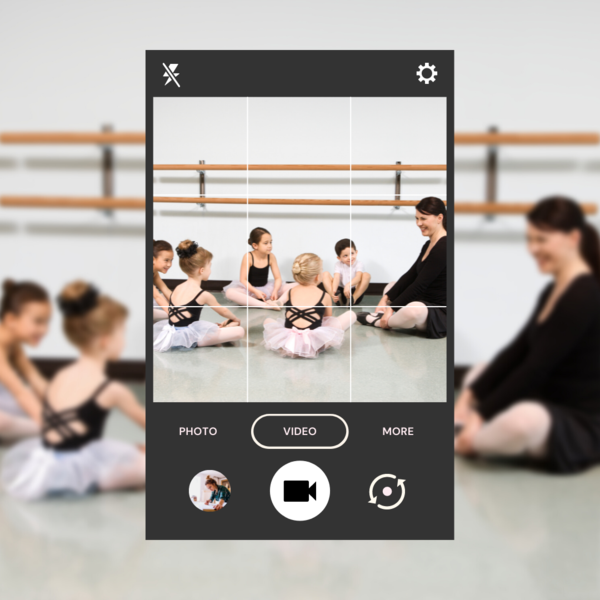Over the past few years, there were rumours that email marketing was on its way out. Open rates and engagement were declining and companies were moving away from email campaigns to keep in touch with their current and potential customers. Then the pandemic hit, and this changed dramatically, in very quick fashion. Over the last year, as many businesses swiftly shifted to digital channels, email marketing was back as a primary method of connecting with your audience.
HubSpot recently noted that email marketers are sending 27% more emails than they then did pre-pandemic and that number seems poised to continue increasing this year. The great news is that there are so many tools and new twists to make email marketing as simple and efficient as possible, while increasing personalization, which is something customers are now expecting.
For a small business, email marketing may not have netted the results for the effort in the past, but new technology including AI and automation have become accessible and affordable, allowing entrepreneurs to maintain a more personal approach in an increasingly efficient manner.
Don’t believe us? Here are a few stats that will convince you email marketing has a place in your strategy:
-73% of millennials prefer communications from businesses to come via email
-78% of marketers have seen an increase in email engagement over the last 12 months
-Email generates $38 for every $1 spent, which is an astounding 3,800% ROI (an industry best)
-81% of small businesses use email marketing as their primary acquisition method and 80% use email for customer retention
-49% of your customers want to receive promotional emails from their favourite brands weekly
Both necessity and the shift in customer focus have re-ignited email marketing as a key strategy for small businesses this year. People are still at home with more time on their hands than ever before and they welcome emails from their favourite brands because they are doing more online shopping and digital research than ever before.
When incorporating email marketing into (or back into) your marketing strategy, you’ll want to implement some key changes that have happened to adapt email marketing to the expectations of today’s consumer.
A Fresh Spin on An Old Trend
Personalization is no longer nice to have, it is an expectation. Not only will it impact your campaign results if you don’t personalize, but you will also lose subscribers, and quickly. The good news is that as hyper-personalization deepens, there are more tools available for a small business to really build personal, unique connections with their email list.

Personalization is not a new concept in the world of email marketing trends. The events of 2020 have now brought the need for authentic personalization right back into the spotlight though. As we’ve seen, almost every brand has made attempts to connect with their consumers on a personal and human level throughout this period. That level of connection is now expected in everything you do.
Brands have been quick to realize that while purchases and conversions might be at a premium right now, email marketing can deliver value in many other ways. As consumers, we are looking for a more personal connection with brands and finding ways to create that connection is key for marketers. Being genuinely interested in your customers will pay dividends long term.
Welcome emails may be commonplace, but automated personalized emails should be holistically integrated throughout the customer journey to show how you are constantly thinking about your customers’ needs. Generate a series of email streams that also reflect the values you share to encourage engagement and ultimately increases conversions. Let recipients choose the communications they want with preference centres and utilize dynamic, interactive content to ensure that every communication is personal and relevant.
For businesses that can afford the expense, AI tools are a great way to get to know your customer and segment them so they receive customized campaigns. Having several customer personas with matching email funnels is critical to your success with email marketing, so be sure to take the time to really understand who your customer is, what problems they have that you can solve and where they typically are in their buying journey when they reach your email list. This sounds like a lot of upfront work, and it is, but email marketing is an engine that continues to produce results for you over and over again once you get it going.
Another critical trend in email marketing that you will want to incorporate this year is interactive content. Video, slideshows and even the ability to purchase right from the email itself are all great examples of ways that brands are adding content that engages their customers at the moment when they open an email, without requiring additional actions or steps. Of course, this content, and all of your email communication should always be formatted to display well on mobile devices as well. This is no longer optional, it’s an absolute must-have.
The fundamental principle behind email marketing – send the right message, to the right person at the right time – will never change but we do recognize that this is a theoretical concept that can not consistently be achieved. Human beings are just too unpredictable to ever know exactly what will work every time, but technology is continuing to help get us closer. Oddly enough, as we crave closer connections, more technology is required for brands to achieve this!
Just like so many other wild surprises that came out of 2020, the fact that email marketing is back, with a fresh twist and stronger than ever, shouldn’t come as too much of a surprise. If you need support implementing email marketing into your strategy, Digital Monk is here to help. Reach out today!





